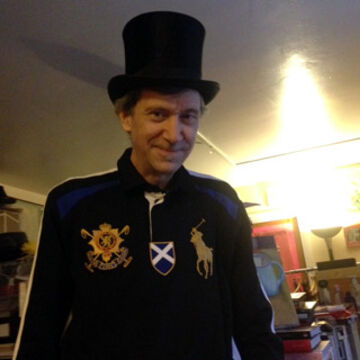

Mark Krisco
Lecturer
Contact
Bio
Instructor, Art History, Theory, and Criticism (2000). BFA, 1977, and MFA, 1981, School of the Art Institute of Chicago. Concurrent position: Curator, Dr. Martin and Francey Gecht Collection. Curator: Graphic Modernism; Art Institute of Chicago; The Road to Rome: Paintings by Father Jerome Tupa OSB, Pope John Paul II Cultural Center, Washington, D.C. and Chicago; Kohl Children's Museum, Wilmette. Exhibitions: Anne Loucks, Glencoe; University Club; Gescheidle Gallery, Lyons Wier, Chicago. Publications: Graphic Modernism: Selections from the Francey and Dr. Martin Gecht Collection; The Road to Rome: A Modern Pilgrimage, Paintings and Text by Father Jerome Tupa.